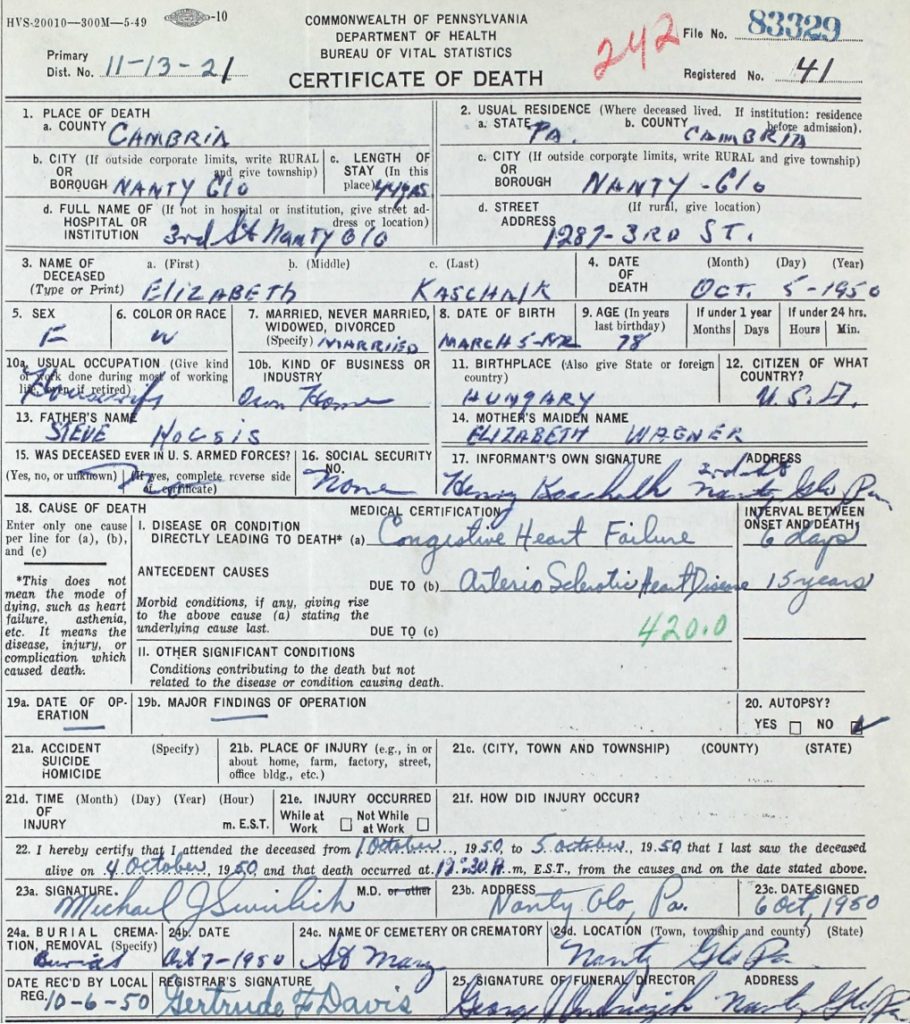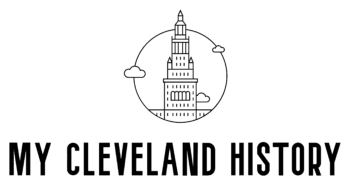Great Grandpa’s Journey
Mihaly Andreas (Andrew) Kascak (Kaschalk) was born on August 16th 1866, in Szolnok (now Abaújszolnok, Borsod-Abauj-Zemplen, Hungary.
His father, Stephanus (Istvan), was 30 and his mother, Maria, was 28. Andreas was the youngest of 4 siblings. (Joseph, Steve, and Maria).
Andreas was baptized Roman Catholic the day after birth in Nyésta, Abauj-Torna which is 2.5 miles west of Abaújszolnok. Andreas Godfather was Janos Bucsi, an Evangelical Shepherd, which translates to a leader of God’s people, or Pastor.
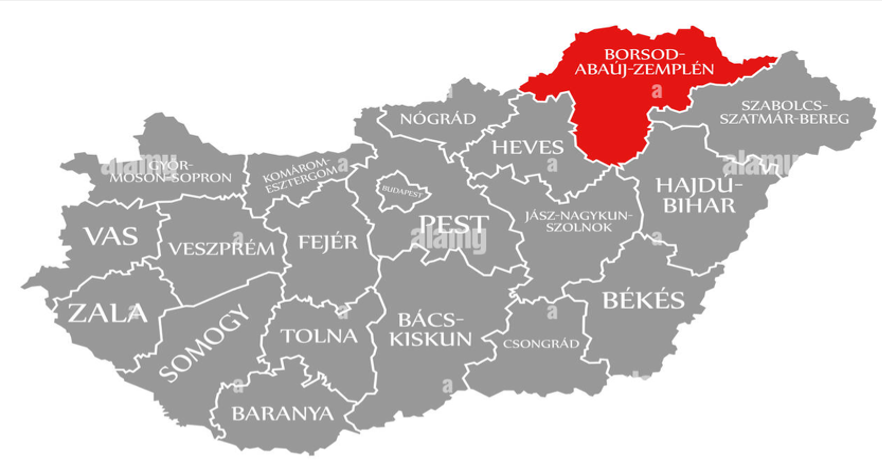
The family also lived 20 miles away in Hernádvécse, a small village with a rich history and a diverse population. It was home to people from various ethnicities, including Hungarians, Slovaks, and Romani. In addition to Roman Catholics the Village had Greek Catholics and the Reformed Church which is the largest Protestant Church in Hungary.
It was a difficult agrarian life. a shepherd, herdsman, or “Csikos” (those that tend the horses) was seen as the primary occupation with most villagers working as farmers, cultivating crops such as wheat, corn, and potatoes. Livestock farming, particularly sheep and cattle, also played a significant role in the local economy.
Andrew’s Family
Stephen (Istvan) Kasczák
1836–1894
Maria Lutian
1838–1895
Mihaly Andreas (Andrew) Kascak/Kascsak (Kaschalk)
August 16, 1866 – May 8, 1958
Elizabeth ”Lizzie” Kocsis
1872–1950
Elizabeth
1893
1982
Andrew
1895
1964
Stephen
1896
1944
Joseph
1898
1924
John
1900
1975
Anna
1901
1989
Mary
1903
1968
M. Carlotta
1905
2002
Anthony
1906
1992
Helen
1910
1968
Henry
1912
1999
Martin
1913
2006
Hungary in the 1880s
Hungary, Catholic Church Records 1636-1895

Agrarian jobs were rapidly declining due to industrialization, mechanization and continued land consolidation. The land was owned by a small number of wealthy land owners and the only jobs were low paying and dangerous. During this period in Hungary life expectancy was 40 years old.
Rural Hungarian’s learned of opportunities for high wages and the ability to own land in the U.S. by recruiting agents for coal companies, Hungarian language newspapers, and immigration agencies.
In the 1880’s and 1890’s Hungarian immigration reached its peak with 1.7 million leaving for the United States. Steamship travel had made it much easier and cheaper to travel from Europe to the United States. This made it possible for ordinary people to afford to emigrate.

In 1886, older brother Joseph was the first Kaschalk to emigrate to the United States. He settled in Clearfield County., Pennsylvania and paved the way for Andreas and Lizzy to travel to the U.S. According to the census records, newly married Andreas and Lizzie arrived in the United States between 1890- 1892.
Joseph, Andreas and newly arrived Stephen all lived on the same street in Morris Township. The brother’s sister, Maria, remained in Hungary for her entire life.
From arrival until 1906 the Kaschalk’s moved around Clearfield county before settling in Nanty Glo in neighboring Cambria County.

Early Days in Nanty Glo, Pennsylvania
Andrew and Elizabeth had 12 surviving children over 20 years spanning from 1893 to 1913. By the time they settled in Nanty Glo they already had 8 children. (4 infants did not survive)
Nanty Glo (Streams of Coal in Welsh) was a major coal mining town starting in the late 19th century. The population had grown rapidly in the previous decade, and the town was home to a large immigrant population, the majority were from Hungary.

The coal mines were the lifeblood of the town, and most of the residents worked in the mines or in industries related to coal mining. The mines were some of the most productive in the United States. In 1906, the mines produced over 1 million tons of coal, which was used to power factories, railroads, and homes across the country.
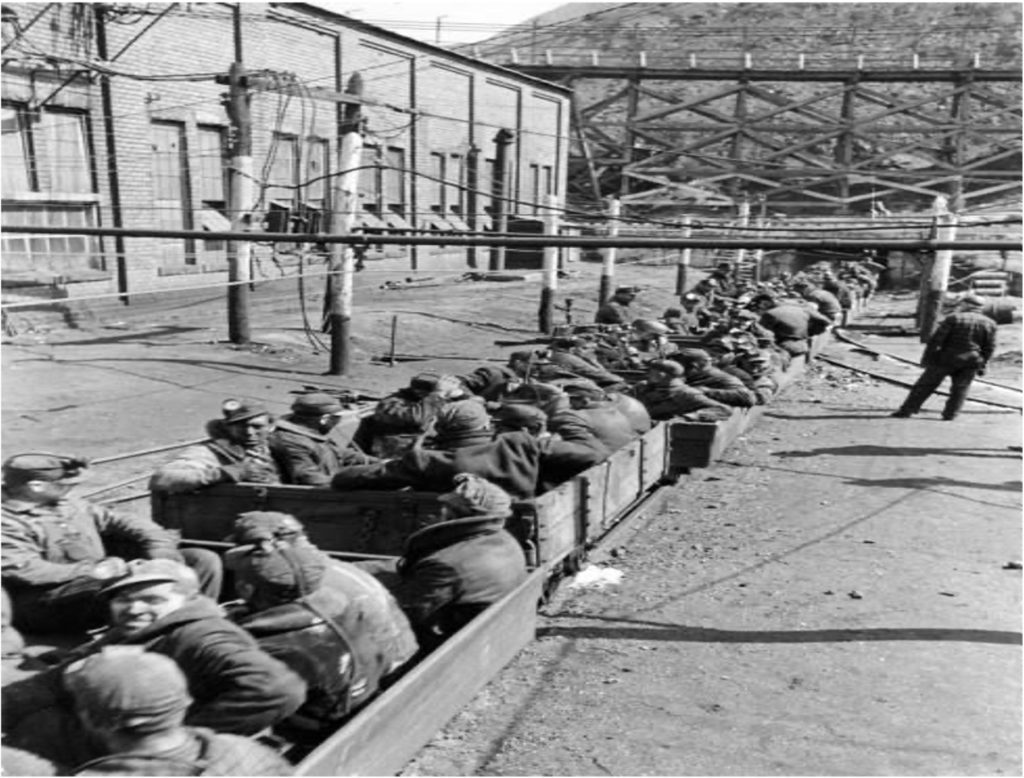
Family Life in Nanty Glo

John 10 Joseph 12 Ann 9 Anthony 4 Andrew Sr. 44 Sr. Carlotta 5 Helen 10 mth Elizabeth 38 Mary 6 Stephen 14 Top Row- Elizabeth 17 Andrew 15 Joseph Palenscar 23 (future husband of daughter Elizabeth (Henry & Martin not born yet)
In 1910 Andrew Sr. and sons Andrew, Steve and Joe Palenscar were all employed in the mines. (son Joseph would soon follow). Records indicate family members worked in the Springfield, Peale Peacock and Kerr and Warren mines.

The 1910’s was quite a decade for the family. Andrew and Elizabeth became Naturalized citizens of the U.S. while Andrew and Stephen served in Europe during WW I (Stephen was wounded in duty).
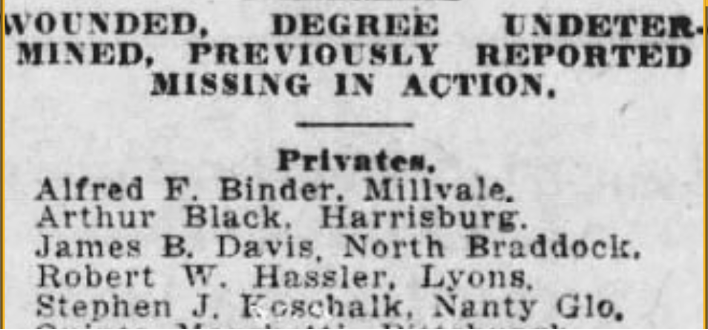
The 1918 Spanish flu pandemic hit Nanty Glo, Pennsylvania hard. The town had a population of around 30,000 people at the time, and over 1,000 of them died from the flu. This was a mortality rate of over 3%, which was much higher than the national average of 2.5%.
The Nanty Glo Homestead
The Kaschalk’s first lived on Railroad St. and then in the 1920’s on 4th St. before settling at lot 28 on 3rd St. (also known as 1287 3rd St.)
Tragedy struck the family in 1924 when Andrew and Elizabeth’s son Joseph died at the age of 26. The coal mines continued to boom up until the depression at the end of the decade when small coal operators went out of business and the demand for coal declined.


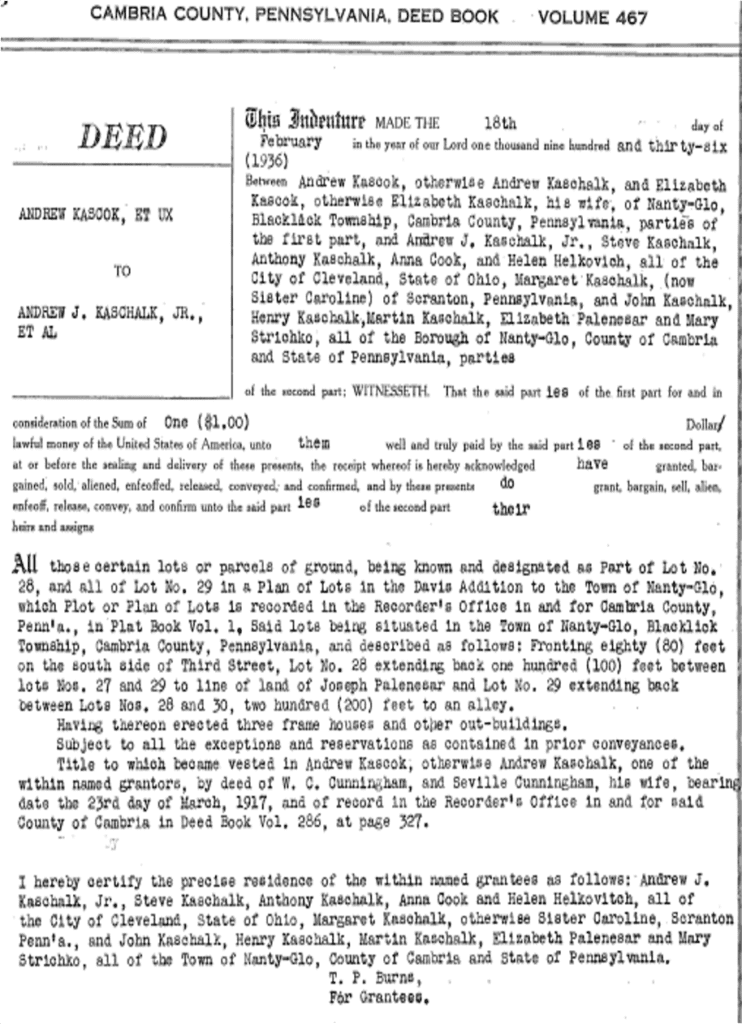
The 1930 census indicates Andrew owned the home which was valued at $3,000. At one time or another, sons Henry, Martin, Francis, the Stretchko’s and Palencsar’s all lived on 3rd street. Michael Kaschalk purchased the home so it remains in the family today.
By 1930 Andrew retired from the mines and took employment as a janitor at St. Mary’s. Recovery from the depression was slow and in the 1930’s several of the children left Nanty Glo for opportunities in the factories in Cleveland, Ohio.
It wasn’t until the onset of World War II that there was a boost in production due to wartime demands. Son Stephen died in 1944 and Henry enlisted in the Navy in 1945 and served until the conclusion of the war.
The Final Years
According to the 1940 census Andrew was still still working at the parish at age 73.
Third Street in Nanty Glo continued to be the epi-center of the family occupying 3 homes on the street.
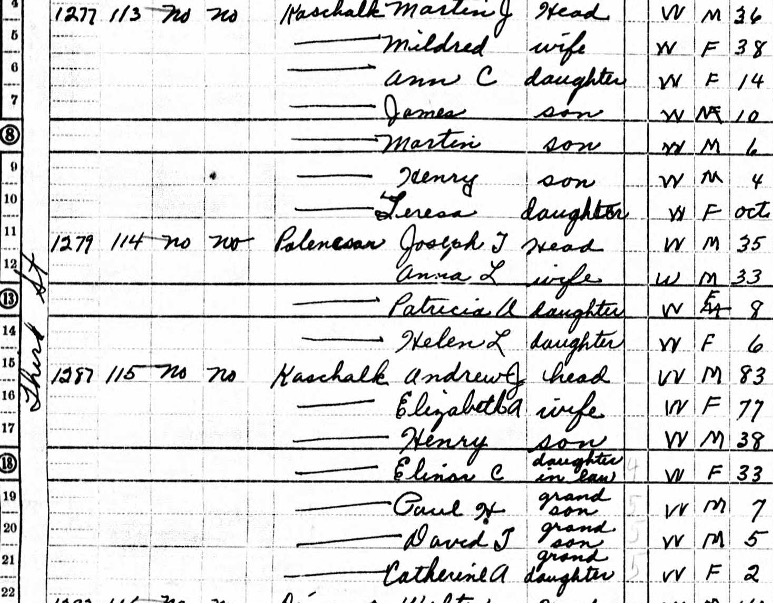
Elizabeth was surrounded by her family when she died at home on October 5th 1950 of congestive heart failure.
